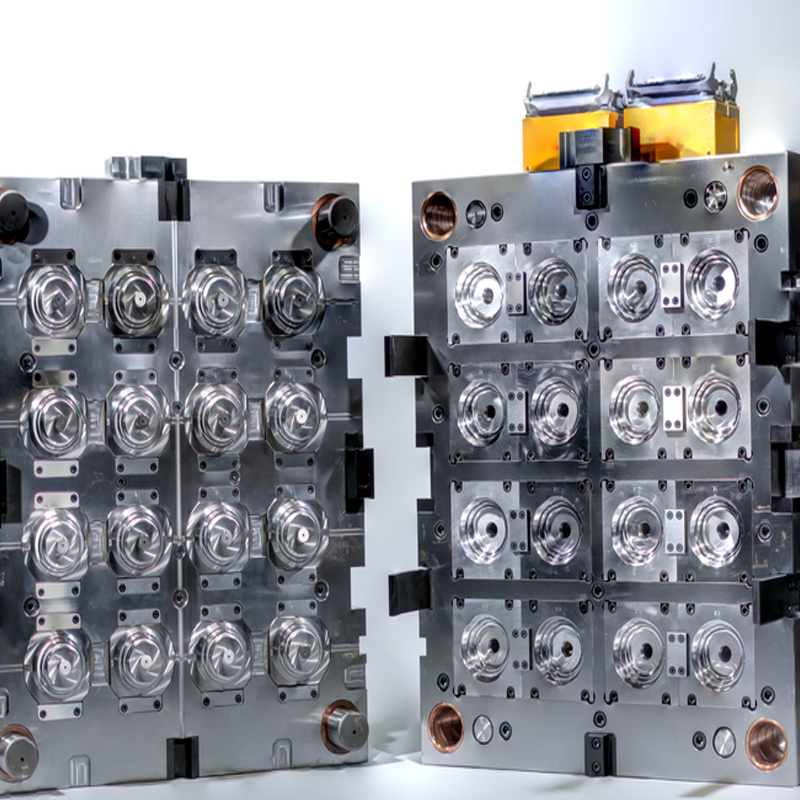Injection mold tooling life is a crucial factor in the overall efficiency and cost-effectiveness of injection molding processes. It refers to the number of production cycles a plastic injection mold can complete before it requires maintenance, repair, or replacement. Each production cycle includes the process of closing the mold, injecting molten plastic, cooling, opening the mold, and removing the finished part. While estimating tooling lifespan can be challenging, Toolingsun is here to help guide you in selecting the most appropriate mold for your specific needs, whether you’re in prototyping, or low, medium, or high-volume production. In this blog, we’ll explore how the SPI mold classifications can be used to estimate the expected life of an injection mold, as well as the key factors that influence tooling life.
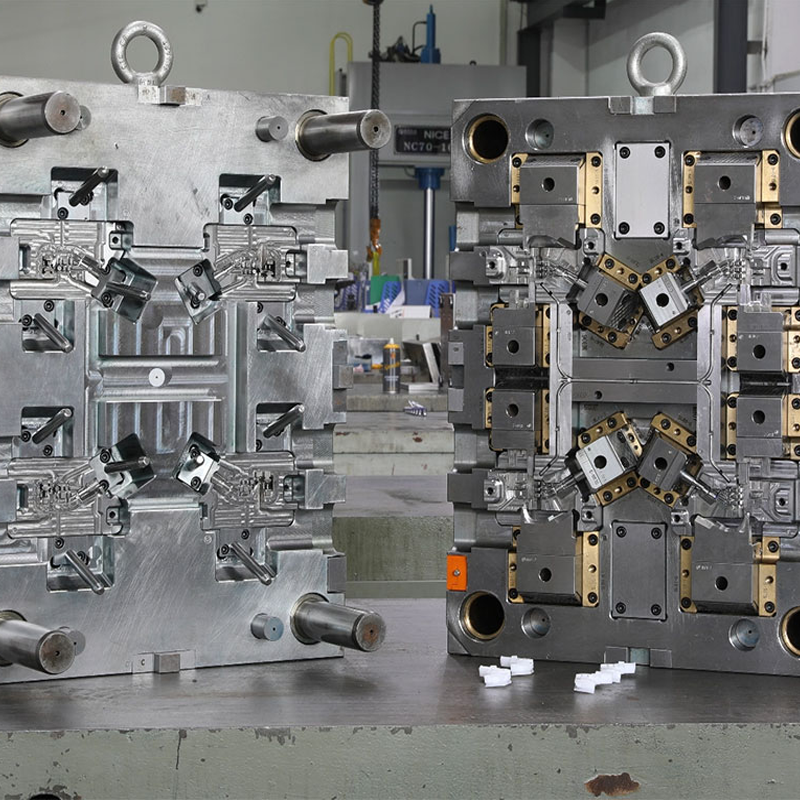
Estimating the Life of an Injection Mold Tool
The life expectancy of plastic injection molds can vary dramatically, lasting anywhere from hundreds to over a million production cycles. To estimate the life of an injection mold, the Society of Plastics Industry (SPI) provides a standardized classification system based on production volume and cycle count. Below, we’ve outlined the SPI mold classifications to help you understand mold life expectations:
| SPI Mold Class | Production Volume | Cycle Count |
| 101 | High Volume | Over 1 million |
| 102 | Medium-to-High Volume | 500,000 to 1 million |
| 103 | Medium Volume | Under 500,000 |
| 104 | Low Volume | Less than 100,000 |
| 105 | Prototype | Less than 500 |
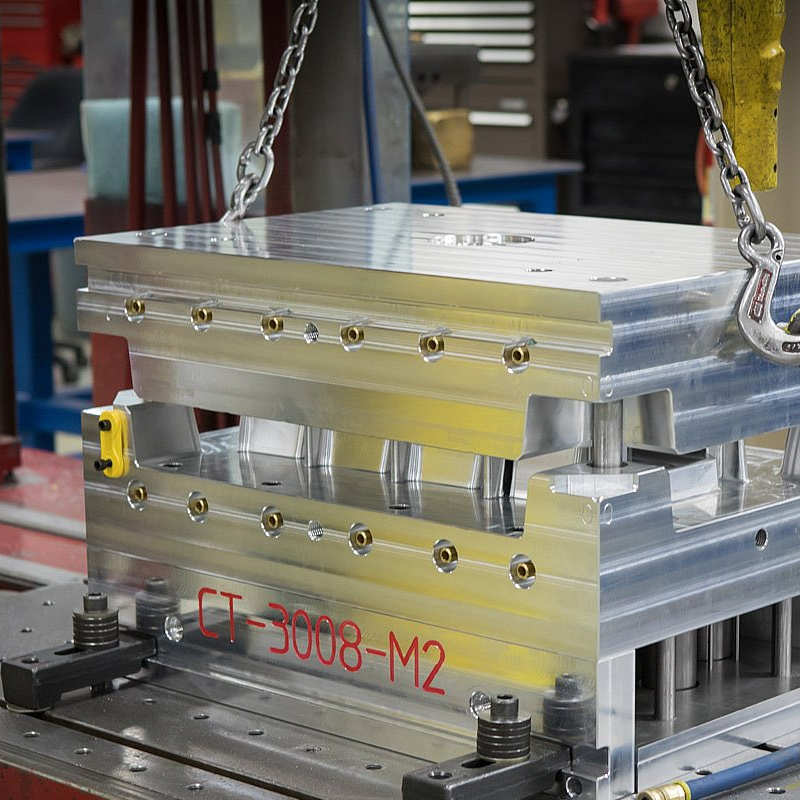
SPI Class 101 Molds: High-Volume Durability
Class 101 molds are designed for high-volume production and are typically crafted from hardened steel with a hardness rating of RC 48-52. These molds are capable of completing over one million cycles and are often equipped with multiple cavities, advanced gating systems, and complex part geometries. They are ideal for mass production products like consumer goods or automotive components.
SPI Class 102 Molds: Medium-to-High Volume
Class 102 molds are suited for medium-to-high production runs, with a cycle range of 500,000 to 1 million. These molds typically have simpler gating systems and fewer cavities than Class 101 molds, making them well-suited for products like small appliances and electronic parts.
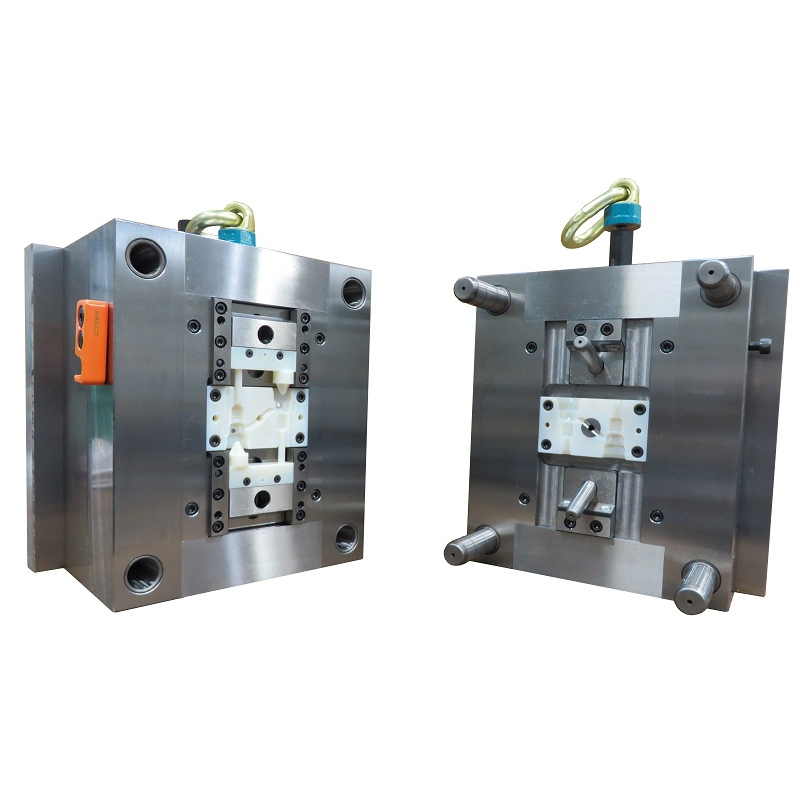
SPI Class 103 Molds: Medium Volume Production
Class 103 molds are designed for medium-volume production, typically producing fewer than 500,000 cycles. With simpler gating and fewer cavities than Class 102 molds, they are commonly used for less-demanding products such as household items or toys.
SPI Class 104 Molds: Low Volume Production
Class 104 molds are designed for low-volume production and can handle fewer than 100,000 cycles. They are the most cost-effective choice for custom or specialized products like medical devices or aerospace components. These molds often use softer materials like aluminum or epoxy, which offer lower initial costs but a shorter tool life.
SPI Class 105 Molds: Prototyping
Class 105 molds are intended for prototyping and are designed to complete fewer than 500 cycles. Typically made from soft metals or plastics, these molds are used for design verification and testing purposes, not high-volume production.
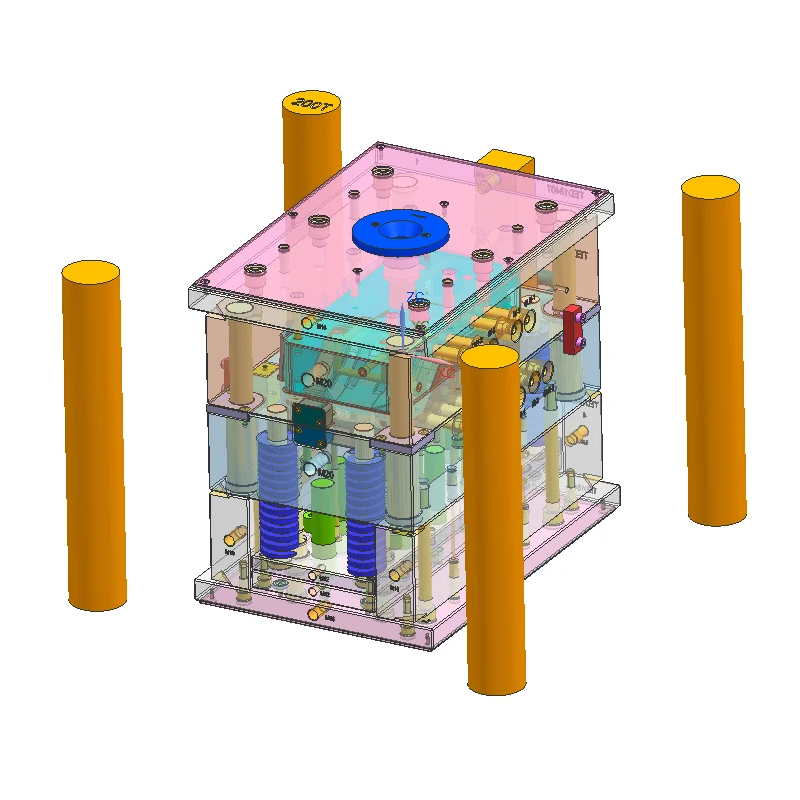
Factors That Affect the Lifespan of Injection Mold Tooling
While SPI classifications offer a general framework for estimating mold life, several critical factors determine the actual lifespan of an injection mold. These include the choice of materials, plastic type, production environment, and maintenance practices.
1. Injection Mold Material and Construction
The material used in constructing an injection mold has a direct impact on its lifespan. Molds are typically made from aluminum, soft/semi-hardened steel, or hardened steel, with varying grades depending on the required durability.
- Aluminum Tooling:Generally lasts for up to 10,000 cycles, with some high-end aluminum grades lasting a bit longer.
- P20 Steel:A common choice for low-to-medium production, offering a life span of 50,000 to 100,000 cycles.
- 718H Steel:This material is more robust and ideal for medium-to-high production, offering tool life ranging from 100,000 to 500,000 cycles.
- Hardened Steel (H13, S136):Ideal for high-volume production, these materials can last between 500,000 and 1 million cycles, with S136 steel lasting for over a million cycles.
2. Plastic Material and Part Design
The type of plastic used in the injection molding process also affects mold durability. For instance, glass-filled resins are highly abrasive and can lead to faster mold wear. Additionally, materials like PVC or POM can cause significant wear on aluminum molds, but hardened steel molds, such as those made from S136 stainless steel, are resistant to corrosion caused by these polymers.
The design of the part plays a role as well. Thick-walled parts tend to require longer cycle times for cooling, leading to more stress on the mold. Therefore, choosing the right material and part design is crucial for extending tool life.
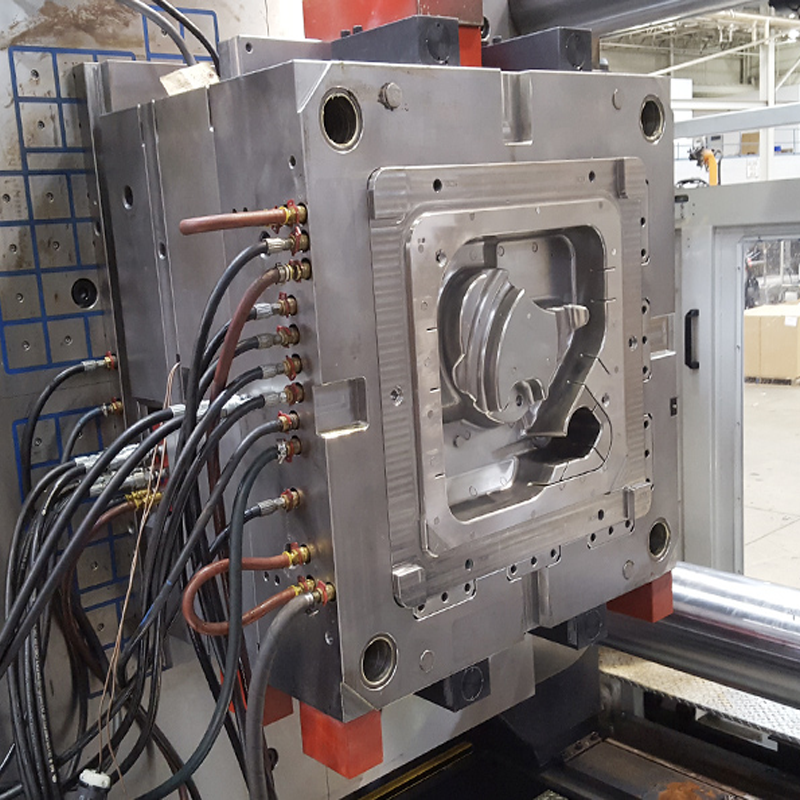
3. Processing Skill and Environment
Optimal temperature control, clamping force, and alignment are essential for maximizing the lifespan of an injection mold. Over-clamping, misalignment, excessive pressure, or improper cooling can result in premature wear or damage to the mold.
Environmental factors also influence mold durability. Molds used in clean and controlled environments generally last longer than those exposed to harsh conditions. For example, molds used in cleanrooms or temperature-controlled settings tend to have a longer service life than those exposed to dust, debris, or extreme temperatures.
4. Cleaning, Lubrication, and Maintenance
The cleaning and lubrication practices you follow also impact the lifespan of your molds. Cleaning should be done carefully to avoid damaging the mold’s surface, especially if protective coatings are in place. Harsh chemicals or abrasive cleaning methods can wear out the mold prematurely.
Lubrication of moving components, such as ejector pins and slides, is also essential to reduce friction and wear. However, over-lubrication can attract dirt, leading to contamination and more rapid wear. Regular maintenance is critical—molds should be inspected periodically to detect wear early, and scheduled maintenance should be performed to prevent unplanned downtime.
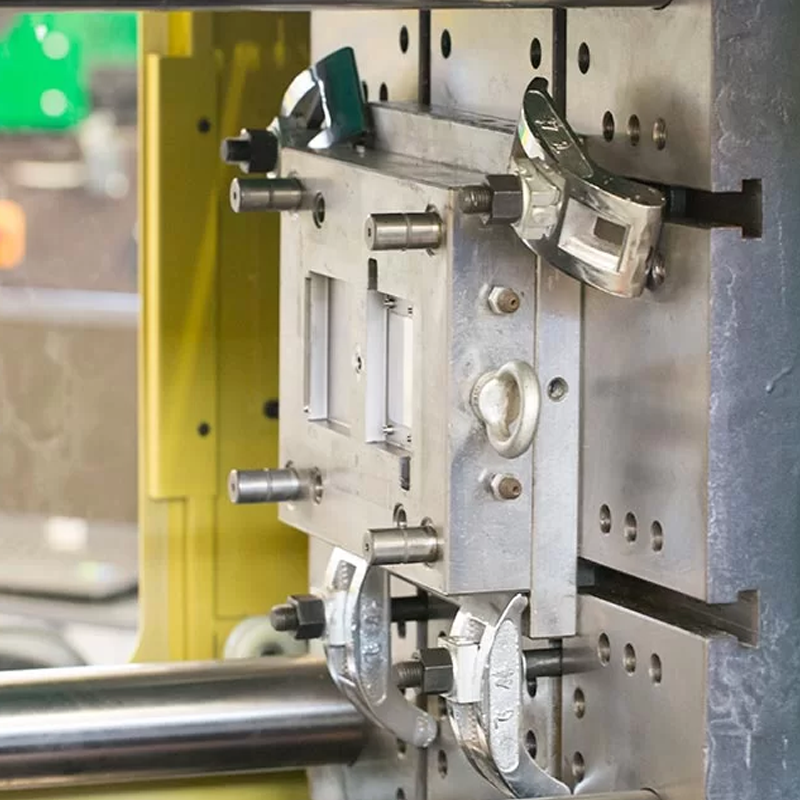
Conclusion: Maximizing Mold Life with Toolingsun’s Expertise
In summary, understanding the expected life of injection molds is vital for optimizing production efficiency and minimizing downtime. By taking into account SPI mold classifications, material selection, plastic type, part design, and proper maintenance practices, manufacturers can extend the life of their injection molds.
At Toolingsun, we specialize in providing high-quality injection mold tooling solutions for a variety of industries. Whether you need a durable, high-volume mold or a cost-effective prototyping solution, our team of experts is here to guide you through every step of the process. We’ll collaborate with you to understand your specific needs, ensuring that your molds are designed for long-lasting performance.
If you’re ready to optimize your tooling for better productivity and cost efficiency, contact Toolingsun today. We’re committed to helping you get the most out of your injection molding projects.Get a free quote and start your project today with Toolingsun—your trusted partner in injection molding.

